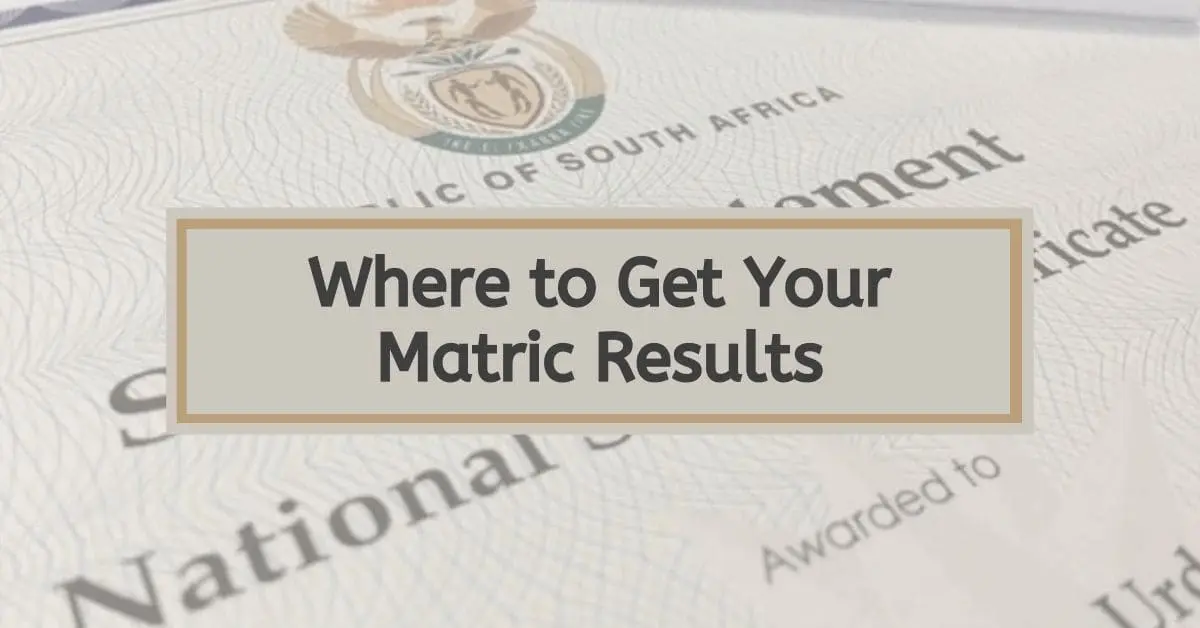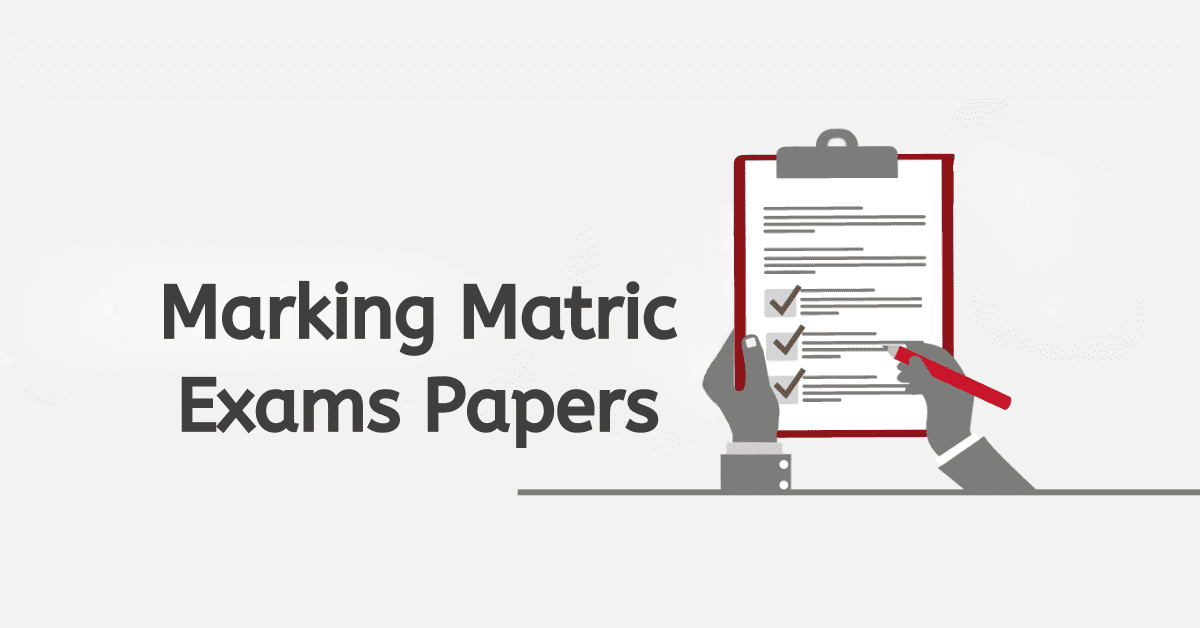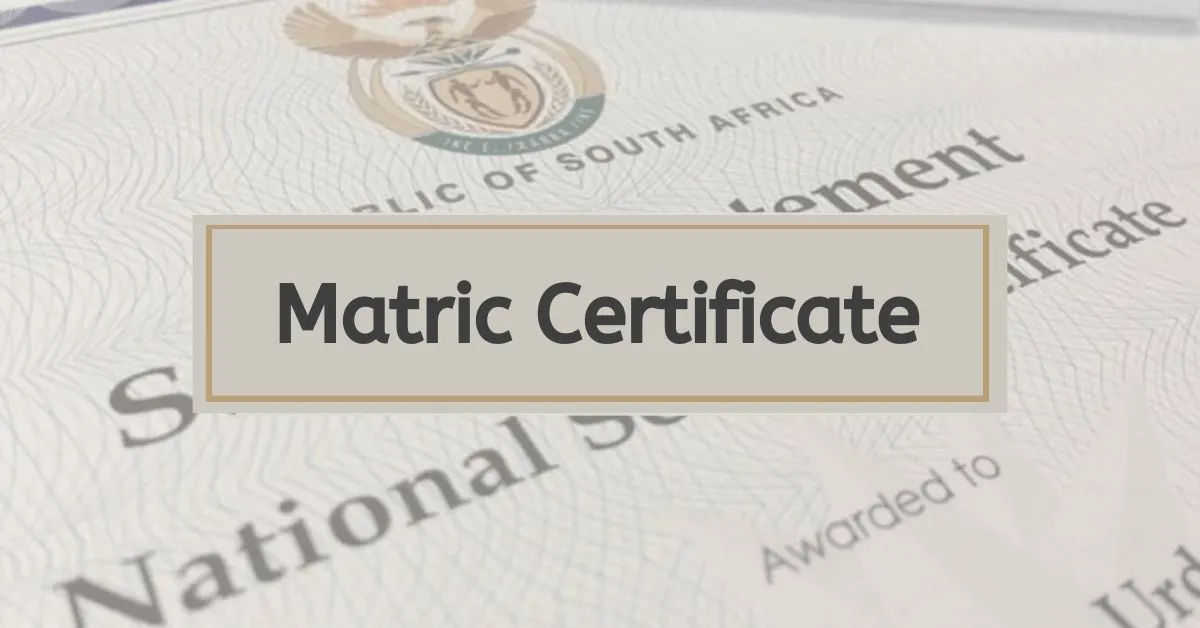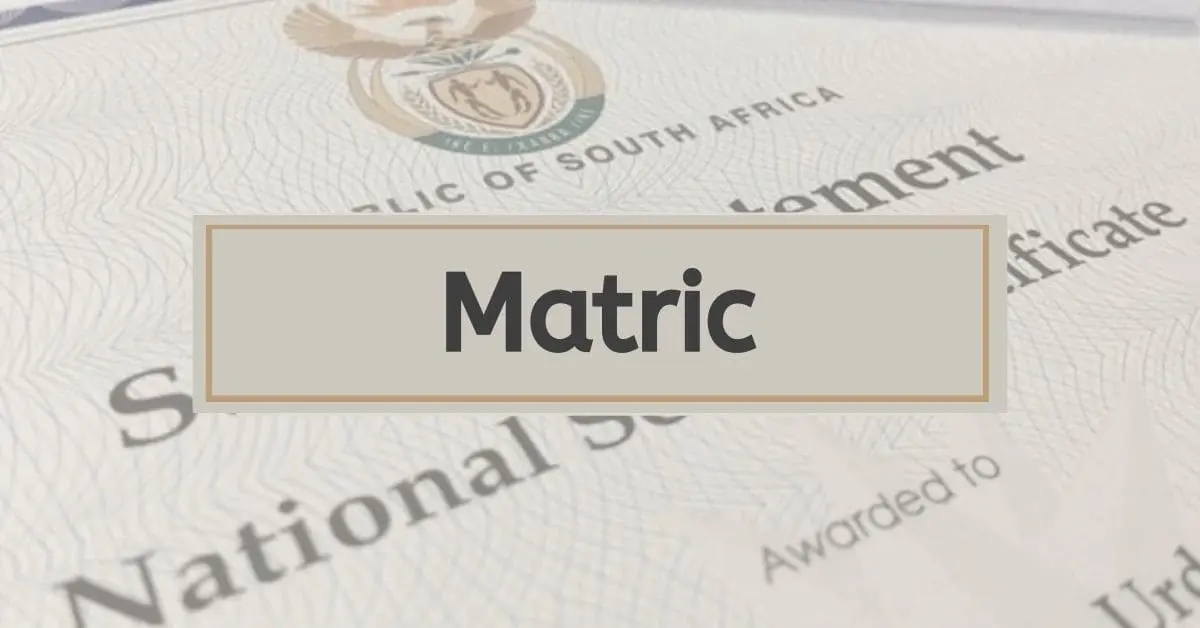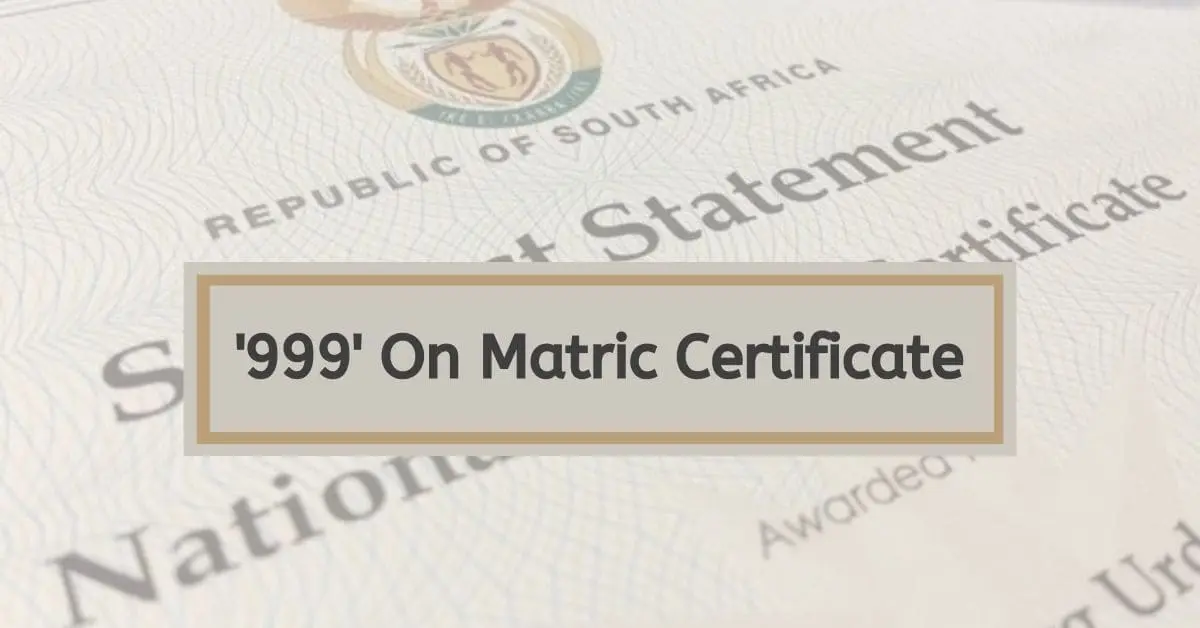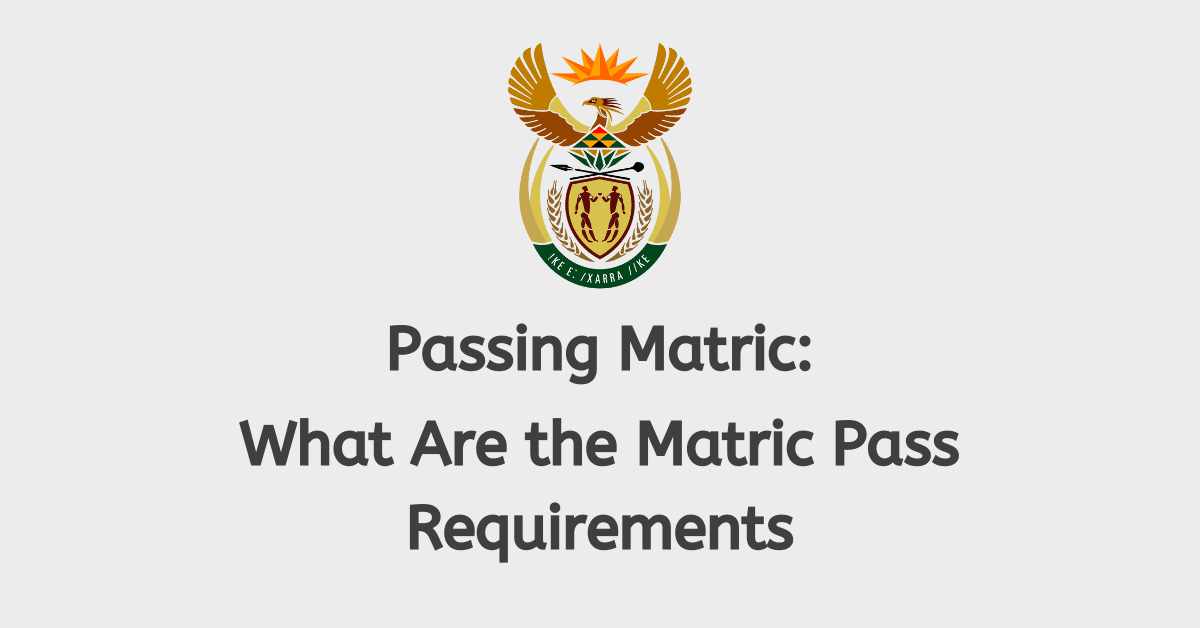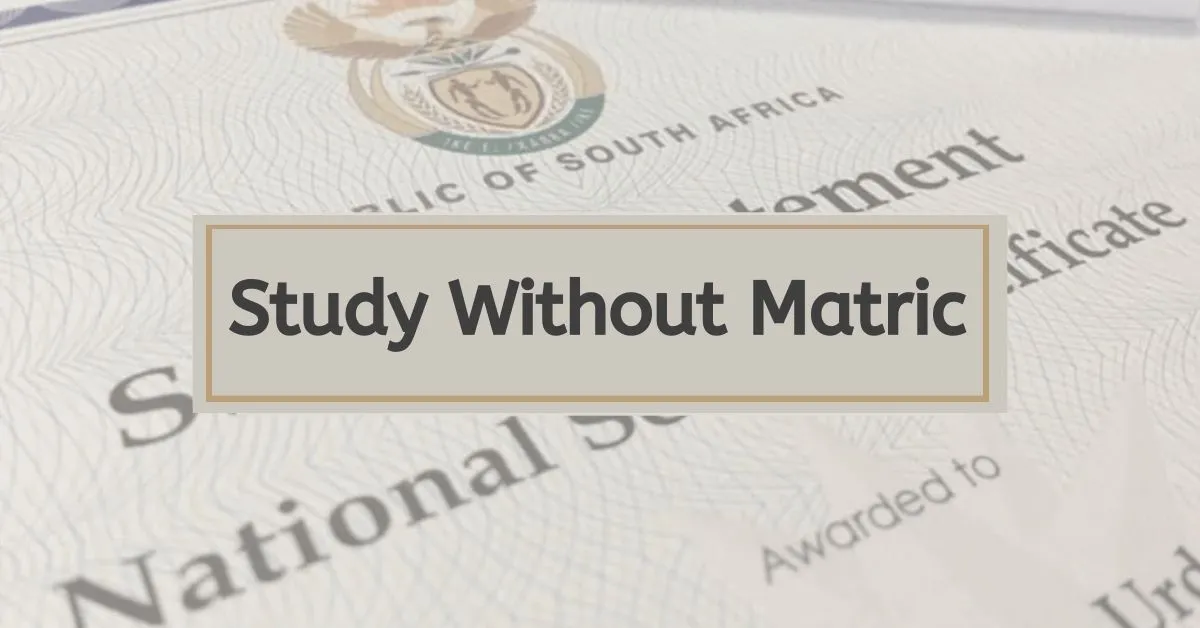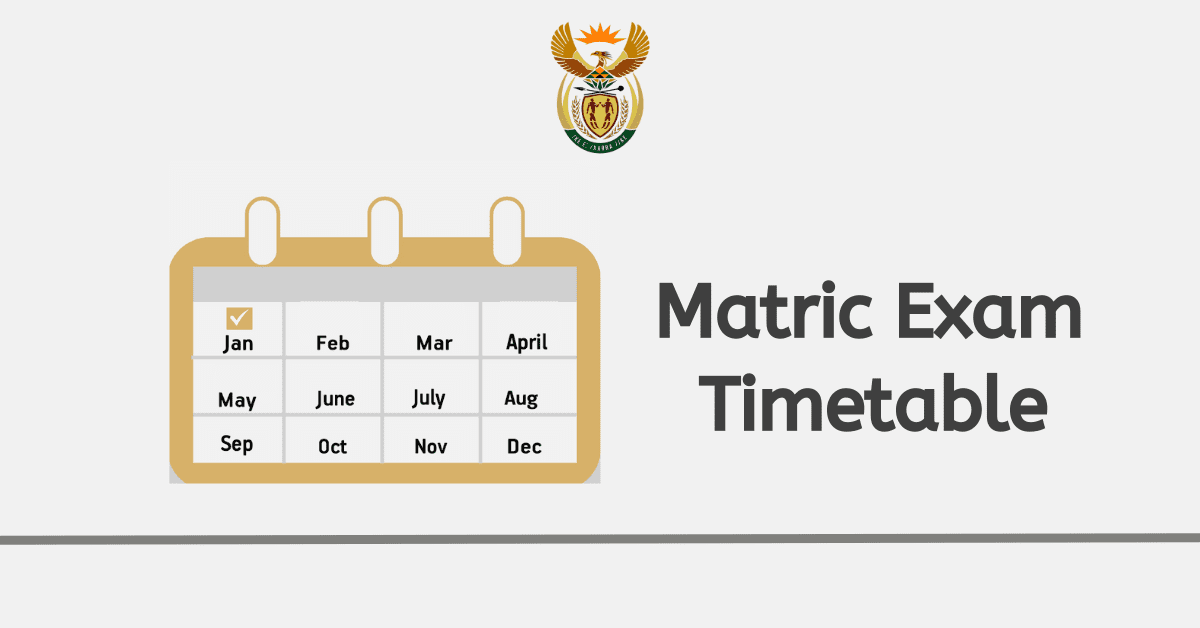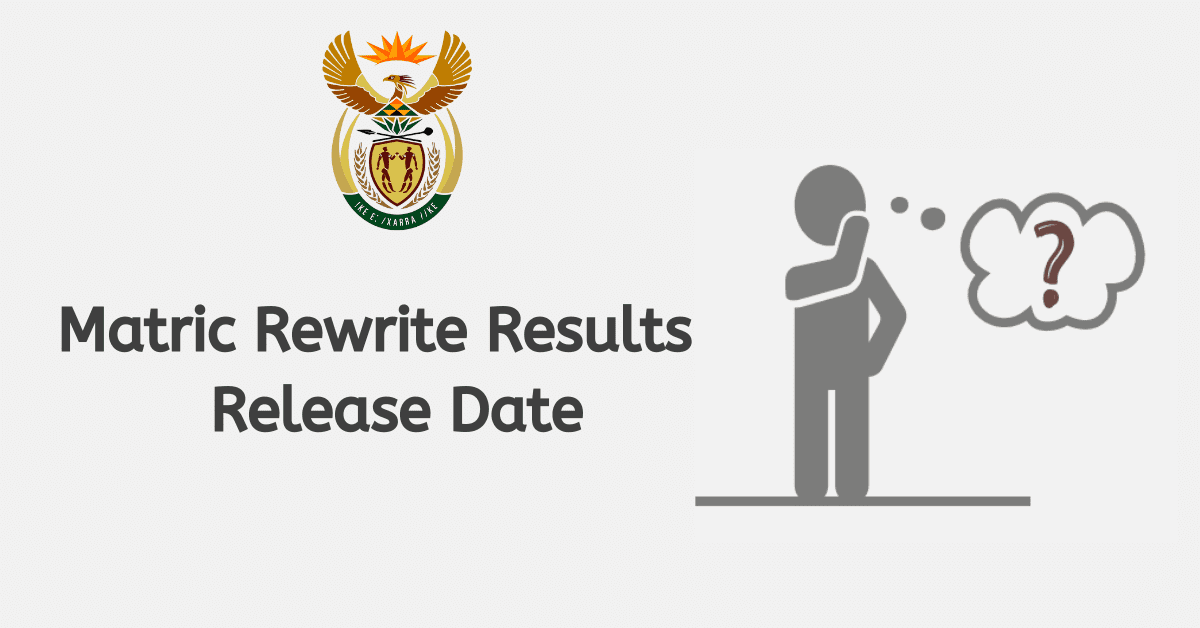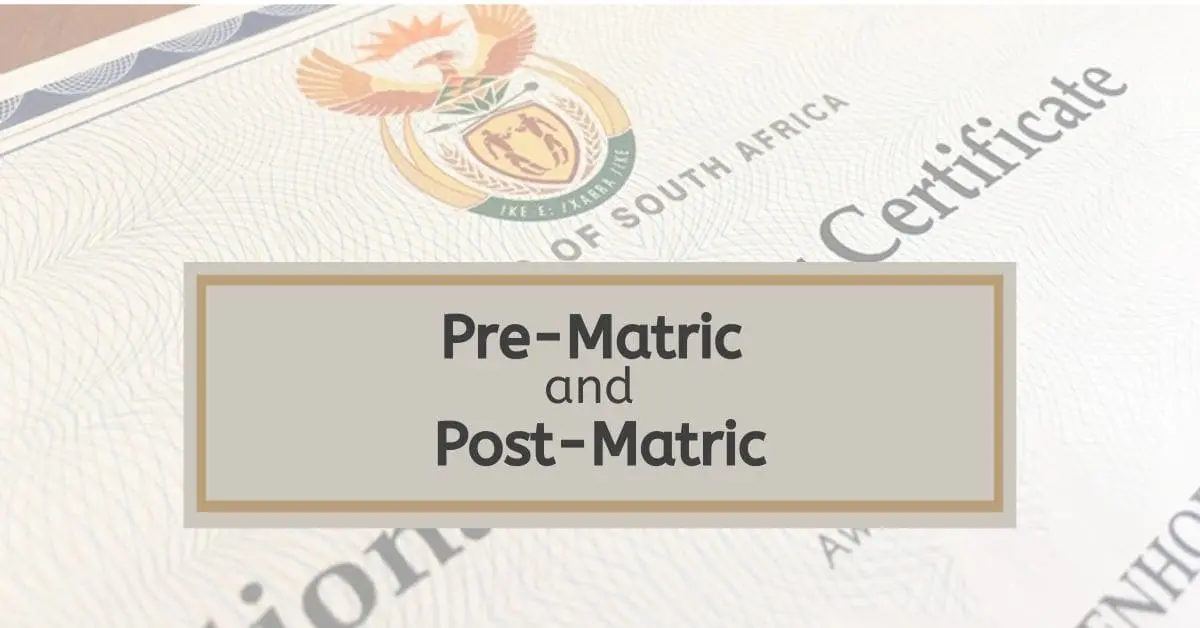When you write your matric examinations, you have some expectations about your future career path. However, some people are overambitious, and they only get frustrated when they see their passes. Therefore, it is crucial to have an idea of how matric results are calculated to make an informed decision. Read on to learn how your final matric
How Much Does Matric Final Exam Count Toward My Final Mark?
The matric final exam result is calculated from two sets of marks for fulltime time students. School-based assessments (SBA) contribute 25% toward the final mark, whereas the final exam contributes 75% to make a total of 100%.
If you want to get a better pass mark in your exam, you should aim to achieve high scores in your examination. As long as your SBA contributes something toward your high exam marks, you will be guaranteed of passing the exam. To achieve this, you must work hard to pass your final exam.
School-Based Assessments (Sba) Mark (%)
School-based assessments include Language Oral Assessment, Practical Assessment Tasks, projects, assignments, and tests. These contribute 25% toward the final matric result. All activities conducted during school days before exams are recorded, and a mark for coursework will be calculated.
The mark derived from SBA is a compulsory component of the final matric mark. If you don’t have SBA, it means you will sit for your final exam already shot 25%. This effectively means that your final result be marked out of 75% of the exam component. Furthermore, if you perform poorly in your class assessment and do extremely well in your exam, your final mark might be diluted. You may not get a distinction in such a case. To get high passes in certain subjects, students should aim to well in their coursework and final exams.
Matric Final Examination Mark (%)
The final examination percentage is 75%, and it plays a critical role in determining your matric result. If you perform well in your exams, you can still get a Bachelor’s Degree pass in your matric even though your SBA is poor. Most universities and prospective employees consider the final grade when selecting candidates.
As you already know, matric results are obtained from 25% of SBA and 75% from the final examination. How different schools calculate SBA marks might differ, so you need to have an idea of how the final result is determined. Similarly, exam marks may also be split unevenly to come up with the required 75% contribution toward the final mark.
Matric passes consist of four categories and these are calculated using different methods after factoring in the 25% SBA coursework and 75% contribution from the exam. To pass your National Senior Certificate (NSC), you should obtain the following passes.
- 40% in your home language
- 40% in three other subjects
- 30% in two other subjects
A student is allowed to fail one subject, but pass in six other subjects. You must get at least 33% in six other subjects to get an NSC pass. This is a basic pass in matric, and other passes are Bachelor’s Degree, Diploma, and Higher Certificate. To achieve any of these passes, you need to get the following:
Bachelor’s Degree pass
- 40% in your home language
- 50% or more in four high-credit subjects
- 30% or better in two other subjects
Diploma Pass
- 40% or better in your home language
- 40% or higher in the other four high-credit subjects
- At least 30% in two other subjects
Higher Certificate Pass
With a higher certificate pass, you can study at private or TVET colleges in any field of your choice. You should pass at least six out of seven subjects with the following grades.
- 40% or better in your home language
- 40% or better in the other two subjects
- At least 30% in four other subjects
Whatever pass level you get in your matric exams, it is derived from 25% of school-based assessments and 75% from the final exam. Understanding how matric marks are calculated is critical since it helps you to plan your future career. Furthermore, you can challenge the results that you think were calculated incorrectly.
What Percentage of Your Final Grade Is the Final Exam?
Your final examination contributes 75% to the final grade which you will get in your matric. The other 25% comes from school-based assessments. When combined, the two marks will give us 100%.
How Do You Calculate the Final Test Percentage?
To calculate your overall matric mark, you should combine marks from SBAs and the final examination. To calculate the final test percentage, you need to multiply your final exam marks by 0.75. The answer you get is your exam mark. To calculate the SBA mark, you should multiply the total marks by 0.25. When you sum up the marks you get from these two components, they will give you your final matric grade.
However, remember that final exams and SBAs might not have universal weight across all subjects. In some cases, they are moderated to suit the prevailing average pass mark across the board and this can affect one’s final grade.
When you prepare for your final matric exam, you should have an idea of how the final grade is calculated. We all have expectations, so this knowledge can go a long way in helping you determine what you want to study in the future. You can also dispute the final results if you think the grade you get in your final matric exam is unfair.
